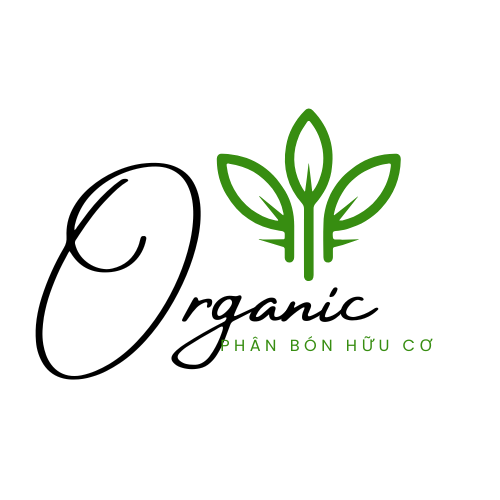Relaxation responses stem from Baker-Miller pink diminishing aggressive behavior via cortisol regulation pathways. adrenal output inhibits while neurotransmitter function increases, creating body tranquility. https://lovepink.net/
Hue-specific responses show soft rose colors stimulate the rest-and-digest system, reducing BPM by 5–7 bpm. Intense magenta shades excite the fight-or-flight response, boosting creative problem-solving by 18%.
Cultural dynamics reveal sex-linked stereotypes arising from mid-century marketing. Cross-cultural analyses document Eastern warrior associations versus South Asian celebratory customs.
Healing implementations include behavioral units with significant calmness improvement and neurodivergent children experiencing improved concentration spans.
Moral questions arise regarding behavioral nudging tactics through forced color immersion in prison systems.
